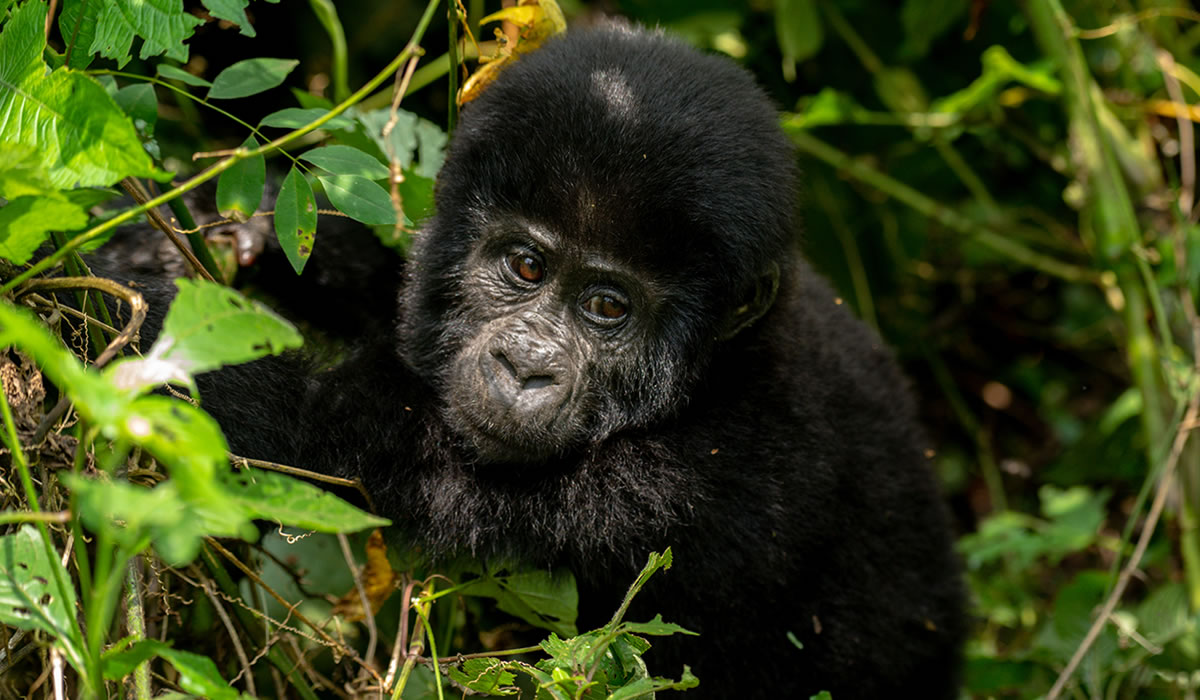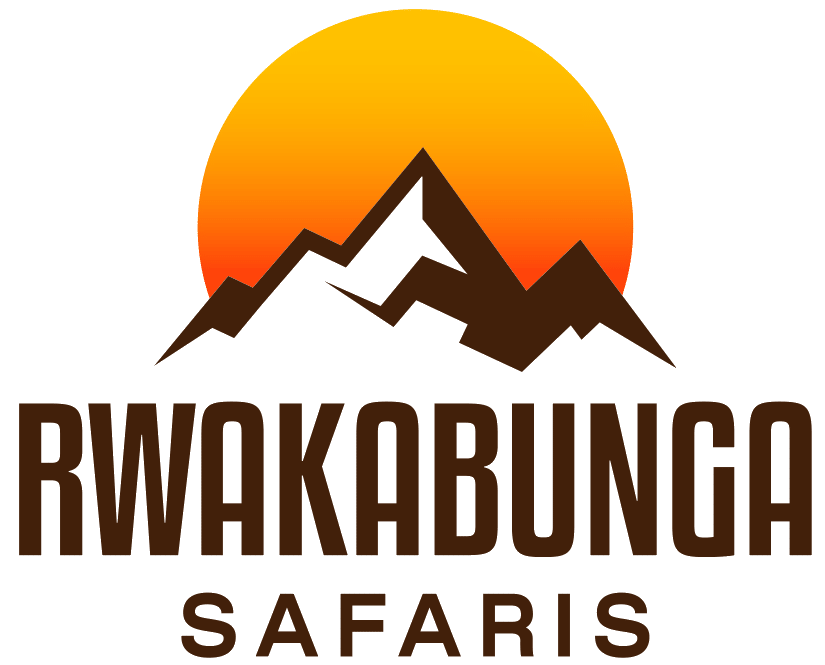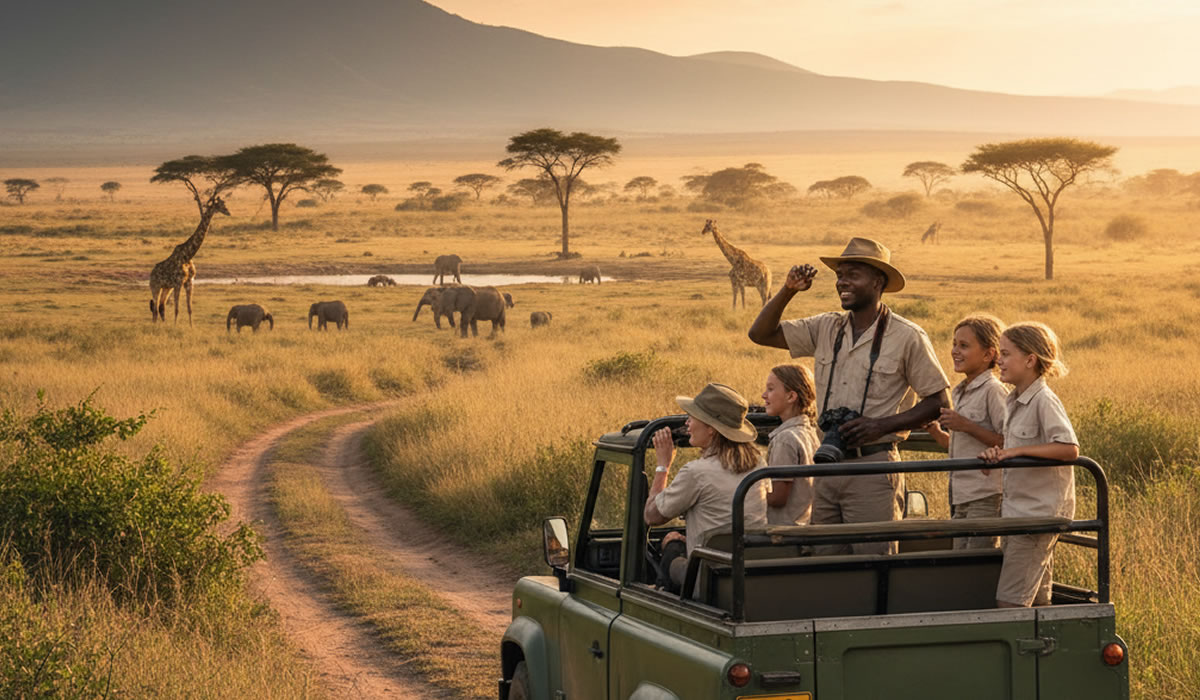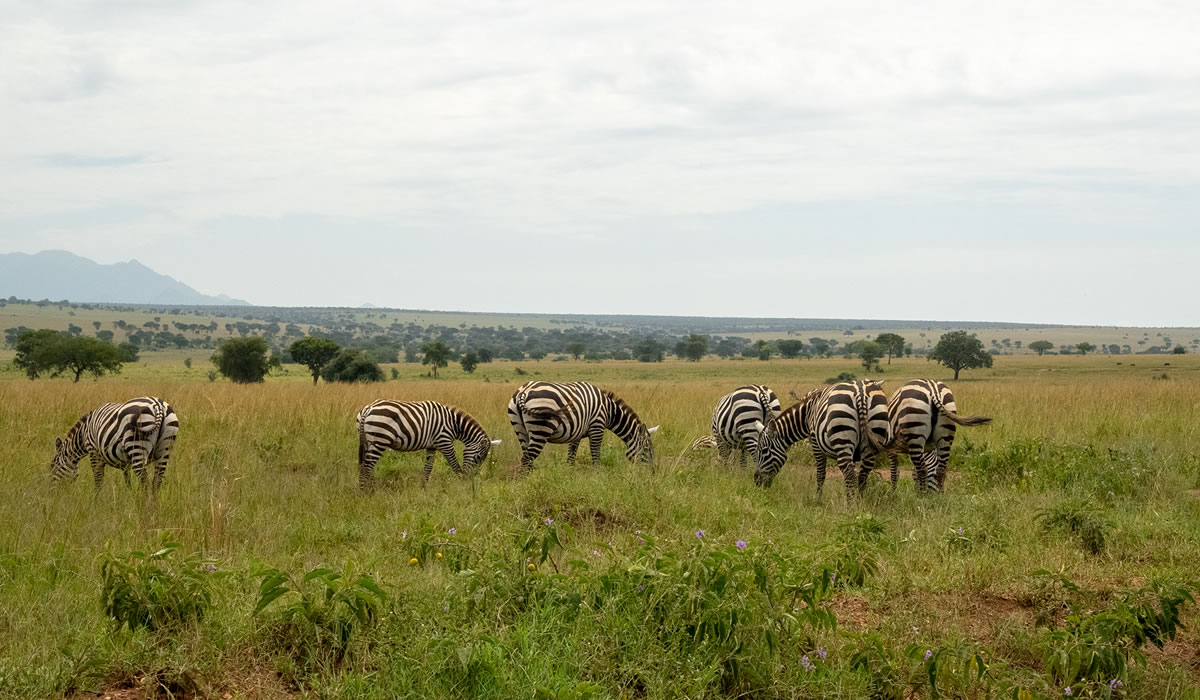Uganda, famously known as the Pearl of Africa, is a vibrant destination offering rich wildlife,…

Gorilla Trekking Experience in Uganda
Uganda, often described as the Pearl of Africa, is one of the few places on earth where tourists can encounter mountain gorillas in their natural habitat. Nestled in the heart of East Africa, Uganda offers a unique and unforgettable gorilla trekking experience that combines adventure, conservation, and cultural discovery. The dense rainforests of Bwindi Impenetrable National Park and Mgahinga Gorilla National Park are home to more than half of the world’s remaining mountain gorillas, making Uganda one of the best destinations for this once-in-a-lifetime encounter.
Gorilla trekking in Uganda involves hiking through thick tropical forests to find and spend time with habituated gorilla families. The experience allows tourists to observe these incredible primates up close, watching them feed, groom, and interact within their social groups. Uganda’s gorilla trekking experience is known for being well-organized, sustainable, and deeply immersive, attracting thousands of tourists each year.
The treks are conducted under the supervision of Uganda Wildlife Authority (UWA) rangers and expert guides who are highly trained in gorilla behavior and forest navigation. Tourists are usually grouped into small teams of eight per gorilla family, ensuring minimal disturbance to the animals. Once a gorilla family is located, tourists are allowed to spend one hour observing and photographing them, while maintaining a safe distance of about seven meters.
Where to Go for Gorilla Trekking in Uganda
Uganda has two main destinations for gorilla trekking: Bwindi Impenetrable National Park and Mgahinga Gorilla National Park.
Bwindi Impenetrable National Park
Located in southwestern Uganda, Bwindi is the most popular destination for gorilla trekking and a UNESCO World Heritage Site. The park spans over 321 square kilometers of dense montane forest, often referred to as the “impenetrable forest” because of its thick vegetation and rugged terrain. Bwindi is home to more than 20 habituated gorilla families that are distributed across four sectors: Buhoma, Ruhija, Rushaga, and Nkuringo.
Each sector offers a distinct experience. Buhoma, the oldest and most accessible area, is ideal for first-time visitors. Ruhija offers beautiful forest views and excellent birdwatching opportunities. Rushaga and Nkuringo provide more challenging hikes but are rich in gorilla families and scenic landscapes. Many tourists choose to combine their trek with visits to local communities, such as the Batwa people, who once lived in the forest and have fascinating cultural traditions.
Mgahinga Gorilla National Park
Smaller but equally impressive, Mgahinga Gorilla National Park lies in the Virunga Mountains on Uganda’s border with Rwanda and the Democratic Republic of Congo. The park covers about 33.7 square kilometers and is home to the Nyakagezi gorilla family, a well-known and easily accessible group. Mgahinga offers an intimate trekking experience with fewer tourists, and it also provides the chance to hike one of the park’s three volcanic peaks Mount Muhabura, Mount Gahinga, or Mount Sabyinyo, for stunning panoramic views.
The Gorilla Trekking Experience: What to Expect
The day of the trek begins early in the morning. Tourists gather at the park headquarters for a briefing conducted by UWA rangers. During the briefing, participants learn about gorilla behavior, trekking rules, and safety precautions. Groups are then assigned to specific gorilla families based on fitness levels and preferences, as some treks can take only one hour while others may last up to six hours depending on the gorillas’ location.
The hike itself is part of the adventure. The terrain can be steep and slippery, with dense vegetation and varying altitudes. Along the way, tourists are treated to breathtaking views of mist-covered hills, waterfalls, and tropical flora. Many hikers also encounter other wildlife, including forest elephants, monkeys, and colorful bird species.
When the gorillas are finally found, all exhaustion fades away. The moment of meeting these gentle giants face-to-face is deeply moving. Watching a silverback’s powerful yet calm demeanor, or observing a mother gently playing with her baby, leaves a lasting impression that many describe as spiritual. The one-hour viewing limit helps protect the gorillas from human stress and potential disease transmission, ensuring their safety while giving tourists a fulfilling encounter.
Gorilla Trekking Permits and Costs
To participate in gorilla trekking in Uganda, tourists must purchase a permit issued by the Uganda Wildlife Authority. The cost of a gorilla trekking permit is USD 800 per person as of 2025. These permits are limited to a specific number each day to minimize environmental impact, so it is essential to book several months in advance, especially during peak seasons (June to August and December to February).
Permits can be obtained through the UWA offices in Kampala or through licensed tour operators. The fee covers park entry, ranger guidance, and one hour of gorilla observation. A portion of the revenue supports community development projects and gorilla conservation programs, making the experience both ethical and sustainable.
When Is the Best Time to Go Gorilla Trekking in Uganda
Gorilla trekking is possible throughout the year, but the best times to visit are during the dry seasons, from June to August and December to February. During these months, the forest trails are less slippery, and the weather is more predictable, offering comfortable trekking conditions.
The wet seasons, from March to May and September to November, have heavier rainfall, which can make trekking more challenging. However, the forests are greener and less crowded during these months, and some lodges offer discounted rates. For tourists who don’t mind a bit of rain, this can be an excellent time to visit for a more serene and private experience.
Gorilla Habituation Experience
In addition to standard trekking, Uganda offers a unique gorilla habituation experience, available only in Bwindi’s Rushaga sector. This special activity allows tourists to spend up to four hours with a semi-habituated gorilla family under the guidance of researchers and trackers. The experience costs USD 1,500 per person and provides a deeper understanding of gorilla behavior and conservation efforts.
The habituation process involves gradually acclimating wild gorillas to human presence over several years. By participating, tourists contribute directly to research and conservation, making this an excellent choice for those seeking a more immersive and meaningful adventure.
Packing and Preparation Tips
Gorilla trekking requires a reasonable level of fitness and preparation. Tourists should wear sturdy hiking boots with good grip, as the terrain can be muddy and uneven. Long-sleeved shirts and trousers help protect against insects and thorny plants. It’s also advisable to bring a waterproof jacket, gloves, a hat, sunscreen, insect repellent, and plenty of drinking water.
Porters are available for hire at the park headquarters to carry bags and assist during the trek. Hiring a porter not only makes the hike easier but also supports the local community economically. Photography is allowed, but flash cameras are prohibited as the light can disturb the gorillas.
Conservation and Community Impact
Gorilla trekking in Uganda plays a critical role in conservation and local development. Through the Uganda Wildlife Authority and various non-governmental organizations, revenue from permits is reinvested into protecting gorilla habitats, funding anti-poaching patrols, and supporting community projects.
A percentage of every permit sold goes directly to the surrounding communities to improve education, healthcare, and infrastructure. This revenue-sharing system ensures that local people benefit from conservation and see the value of protecting gorillas rather than hunting or encroaching on their habitats.
Tourists can also participate in community tours to learn about traditional lifestyles, local crafts, and conservation initiatives. Visiting the Batwa community near Bwindi or engaging in village walks adds cultural depth to the gorilla trekking experience.
Accommodation Options
Uganda offers a wide range of accommodation options near gorilla trekking parks, catering to different budgets. Luxury lodges such as Bwindi Lodge, Clouds Mountain Gorilla Lodge, and Volcanoes Bwindi Lodge provide top-quality comfort and stunning forest views. Mid-range lodges like Gorilla Mist Camp and Lake Mulehe Safari Lodge offer great value, while budget-friendly options such as Buhoma Community Rest Camp and Rushaga Gorilla Camp provide affordable and welcoming stays.
Most lodges are located close to park entrances, offering easy access to trekking start points. Many also work closely with conservation organizations and employ local staff, further contributing to sustainable tourism.
The gorilla trekking experience in Uganda is far more than an adventure, it is an intimate encounter with one of the world’s most endangered species and a testament to the success of conservation. Standing just meters away from a mountain gorilla in the misty forest is a moment that leaves a lifelong impression.
Uganda’s combination of stunning landscapes, well-protected wildlife, and welcoming communities makes it the ultimate destination for gorilla trekking in Africa. Whether you are an avid nature enthusiast, photographer, or first-time safari tourist, gorilla trekking in Uganda offers an unforgettable experience that connects you deeply to nature and humanity’s shared responsibility to protect it.




